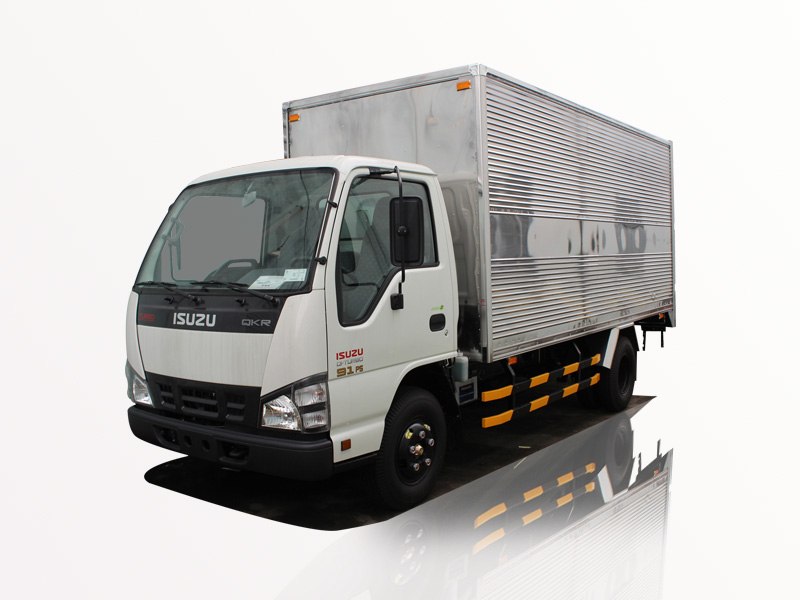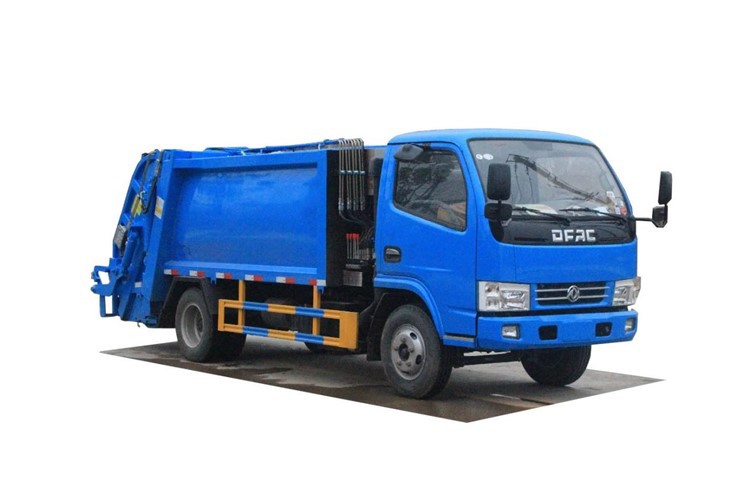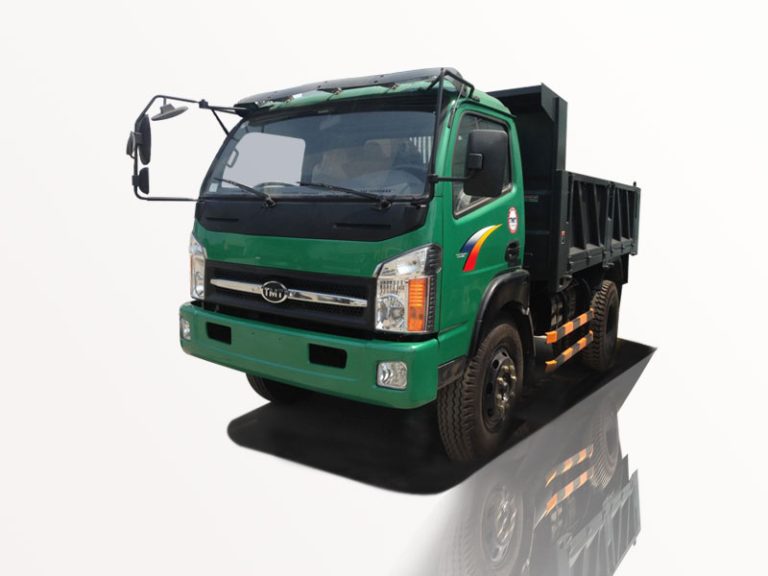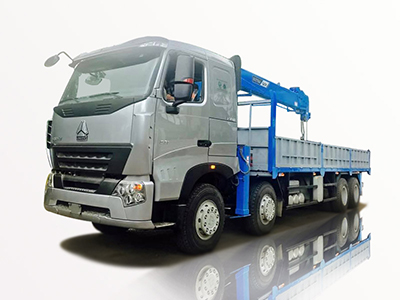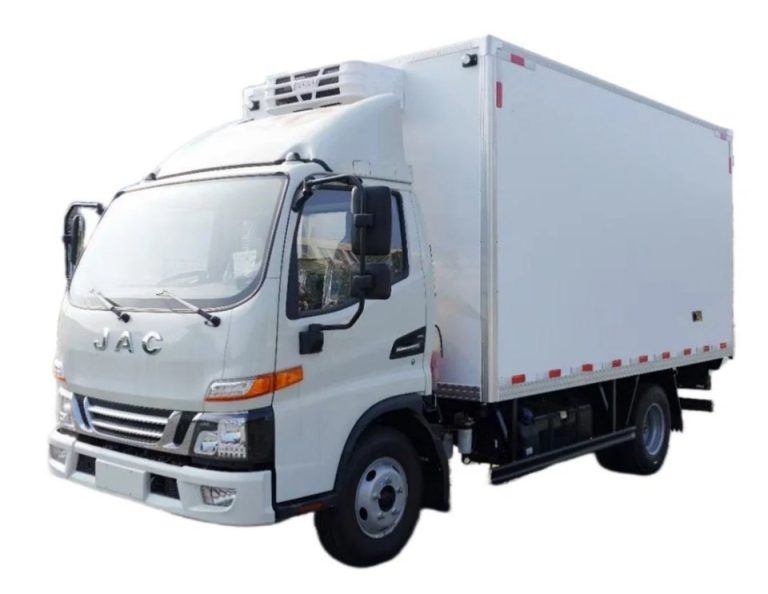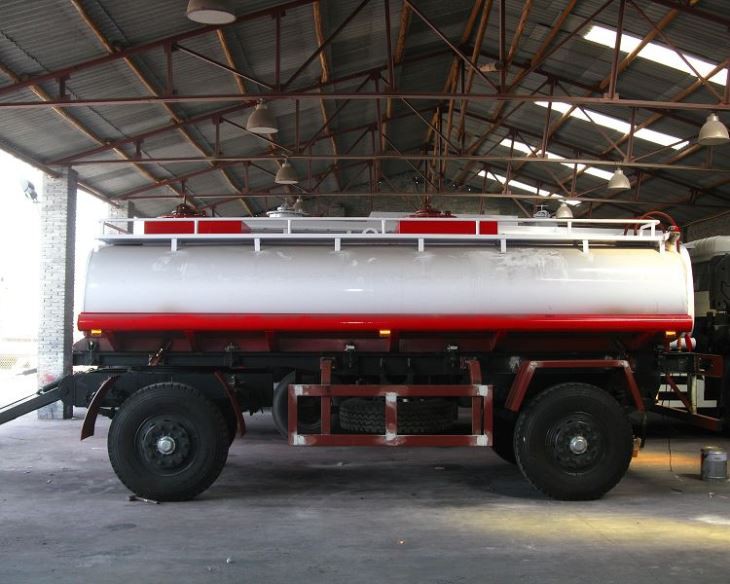Introduction
In various industries, water plays a crucial role, from agriculture to firefighting and transportation. One common method of transporting large quantities of water is through tanker trucks. But how much water can these trucks actually hold? Understanding the holding capacity of tanker trucks is essential for businesses that rely on bulk water transport. In this article, we will delve deep into the different sizes of tanker trucks, their uses, and other related factors that affect their water capacity.
Understanding Tanker Trucks
Tanker trucks are specialized vehicles designed to transport liquids, including water, fuel, and chemicals. They come in various shapes and sizes, depending on their intended use. Knowing the structure and purpose of these trucks can help us understand their carrying capacities.
Types of Tanker Trucks
There are several different types of tanker trucks, each designed for specific load types and volumes. Here are the main types:
- Water Tankers: Specifically designed for carrying water, often used in construction, agriculture, and firefighting.
- Fuel Tankers: Transport petroleum-based products, featuring special materials and safety features to prevent leaks.
- Chemical Tankers: Designed for transporting chemicals with special coatings to prevent corrosion.
Standard Capacity of Water Tankers
The capacity of water tankers can range significantly based on their design and intended use. The most common capacities are:
| Type of Tanker Truck | Average Capacity (Gallons) | Average Capacity (Liters) |
|---|---|---|
| Small-Size Tanker | 1,000 – 2,000 | 3,785 – 7,570 |
| Medium-Size Tanker | 3,000 – 5,000 | 11,356 – 18,927 |
| Large-Size Tanker | 6,000 – 10,000 | 22,712 – 37,854 |
Factors Affecting Tanker Capacity
Several factors influence the actual water carrying capacity of a tanker truck:
1. Tanker Design
The shape and design of the tanker significantly impact its capacity. Tanks designed for maximum volume may have a more cylindrical shape, while those focused on stability may be more rectangular.
2. Legislation and Regulations
In many areas, there are regulations governing how much liquid a tanker can carry, primarily for safety reasons. This includes weight limits that ensure safe transport on public roads.
3. Use of Compartments
Some tanker trucks feature compartments designed to carry different liquids simultaneously. This design can affect the total volume of water that can be carried.
Typical Uses of Water Tankers
Tanker trucks are used across various industries, each with specific water needs:
Agriculture
Water tankers are crucial in agricultural applications, especially for irrigation purposes. Farmers often use them to deliver water from rivers or lakes to remote fields.
Construction
In construction, water tankers are used for dust suppression, mixing concrete, and site sanitation.
Firefighting
Firefighters often rely on water tankers to refill their trucks on-site, especially in rural areas lacking fire hydrants.
Calculating the Capacity of a Tanker Truck
Calculating the water capacity of a tanker truck involves understanding its dimensions and the materials used to construct it.
Measurements Required
A typical calculation considers the following dimensions:
- Length of the tank
- Width of the tank
- Height/Depth of the tank
Example Calculation
For instance, if a cylindrical tank has a diameter of 6 feet and a length of 25 feet, the volume can be calculated using the formula for the volume of a cylinder:
Volume = π × r² × h, where r is the radius and h is the height/length.
Using this formula, you can estimate how much water the truck can hold based on the diameter and length of the tank.
Best Practices for Loading and Unloading Water
Loading and unloading water from a tanker truck requires attention to safety and efficiency:
Loading Protocols
- Always check for leaks before loading.
- Use appropriate equipment and follow safety protocols.
- Ensure the tanker is properly secured during loading to prevent movement.
Unloading Protocols
- Position the tanker on stable ground while unloading.
- Use appropriate pressure and flow controls to manage the water release.
- Ensure personnel are at a safe distance during unloading.
Challenges in Water Transportation
Transporting water is not without its challenges, including:
Overloading Risks
Loading more water than the truck can handle can lead to vehicle instability and accidents.
Leakage and Contamination
It’s crucial to regularly inspect tanker trucks for leaks and contamination to ensure safe and clean water transportation.
Weather Conditions
Extreme weather can affect the loading, transportation, and unloading processes. For instance, icy roads can increase the risk of accidents.
Future of Water Tanker Transport
With advancements in technology, the future of water tanker transport looks promising. Innovations like GPS tracking, automated loading, and unloading systems, and better materials for tank construction are paving the way for more efficient and safer operations.
FAQs
1. How do I determine the right size of a water tanker for my needs?
To determine the right size, consider the volume of water you need, the distance of transportation, and the specific requirements of your industry.
2. Are there specific regulations for transporting water?
Yes, regulations vary by region and may include weight limits and safety standards that must be adhered to while transporting water.
3. Can tanker trucks transport liquids other than water?
Yes, many tanker trucks can transport a variety of liquids, including fuel, chemicals, and other industrial fluids, but they often require specific adaptations for different contents.
4. How often should tanker trucks be inspected?
Tanker trucks should be inspected regularly based on usage frequency, but a thorough inspection is advised before every major transport.
5. What safety measures should be taken when unloading water?
Key safety measures include ensuring the truck is stable, using flow controls to manage the release of water, and keeping personnel at a safe distance during unloading.
6. Can water tankers be rented or leased?
Yes, many companies offer water tanker rentals or leases, which can be more economical for short-term needs.
